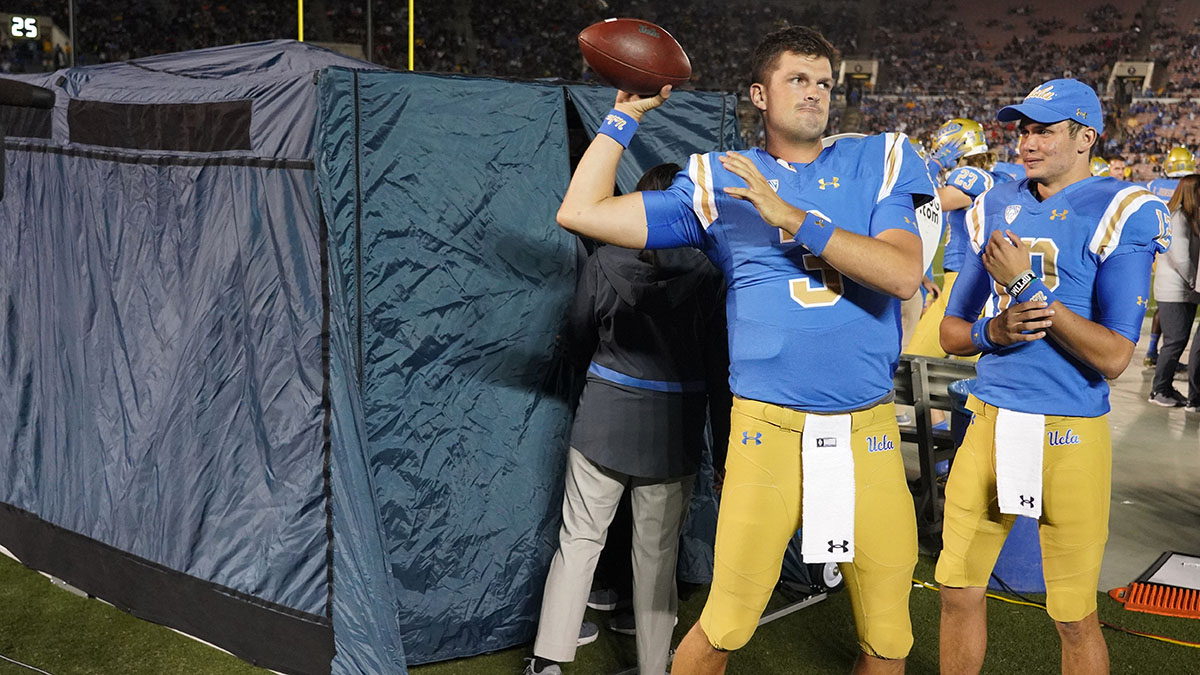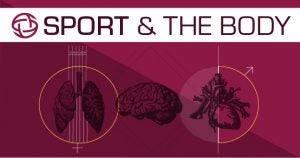Sideline blue tents first stop on concussion diagnosis

Usually at some point in an NFL game, the camera pans to the sideline, showing a player going into a tiny blue tent. This tent is where physicians conduct sideline exams on players potentially suffering from concussion-like symptoms. This is the only source of video allowed on the sidelines during games. Shown on a flat-screen TRU-Vu monitor, the Injury Video Review System is controlled with an Xbox remote, according to SportTechie. Due to the ongoing concern about concussions, the NFL requires that replays of hits be reviewed. During reviews, a team doctor is present, as is an unaffiliated neurotrauma consultant, or a UNC for short.

It is the UNC’s job to review a player’s symptoms, checking off various boxes using a concussion assessment app from C3 Logix. Instead of needing to worry about having an entire computer system set up, the doctors and physicians have information at their fingertips with a Microsoft Surface tablet.
While under the blue tent, the physician must check the pupils of the player, as well as his coordination and speech. The physician also asks the player a series of questions, checking for confusion or amnesia. Using the tablet, the physician also can access the player’s medical history.
Prior to a Monday night contest between the New England Patriots and the New York Jets this season, Dr. Allen Sills, the chief medical officer of the NFL, spoke with SportTechie about the process. “Right now, we do three negative exams for every one that’s positive,” he said. “That’s a ratio that we’re very comfortable with. We want to have a wide screening net.”
Even if a player is not diagnosed with a concussion, the work is not done. Whether or not the player returns to the game, he will continue to be observed for potential symptoms. By rule, the player is also required to receive a checkup the following day.
“Sometimes the only sign or symptom of a concussion is a personality change,” Sills said. “That can be very subtle. If you don’t know the player, you would have no way of knowing that.” To detect potentially slight changes, the UNC and team physician work together on evaluations. And either one can make the decision that a player is ineligible to return.
When a player enters, the tent is surrounded by activity, but usually only a couple of personnel are allowed to enter. Unlike on the field, coaches have no authority in the tent and may not even enter the tent or disrupt the exam.
To support the work on the sidelines, there’s a lot going on at the top of the stadium as well. Much like play-by-play commentators having spotters to help them out on the call, other spotters watch for potential injuries. A second UNC sits in a booth at the top of the stadium, along with two certified athletic trainers. Similar to the play-by-play spotters, the athletic trainers closely watch each play. They have binoculars in hand, plus television screens that can help them get better looks at each play. They also have assistance from video technicians. “We can really triple-check if we see something,” spotter Robb Rehberg told SportTechie. “Communication is the key here.”
In total, a minimum of 31 medical personnel work each NFL game. These include three UNCs, with one on each sideline and one in the booth. On top of that, there is also an airway management physician who specializes in emergency intubations. Every road team is given a Medical Liaison who can provide assistance with coordinating tests and exams with the local medical system. Each stadium has its own X-ray lab as well as its own Emergency Action Play, in case a serious injury were to occur.
“You see doctors and trainers run out [onto the field], but that’s the tip of the iceberg,” Sills says. “There’s an enormous amount of resources that goes into the care of the players during the game.”
Blake Harris is a senior sports journalism student at Arizona State University
Related Articles
Subconcussive hits still cause damage to football players
ASU researchers create messages to improve concussion reporting
New study says classic concussion treatment may not be effective
Football takes a back seat to cycling when it comes to head injuries
Playing impact sports in high school can cause ‘significant’ changes in brain
Conflicting research on CTE shows need for more study
New research, technology aimed at minimizing concussions
Study shows brain changes in football players could be from learned hand-eye coordination skills
Baseline concussion testing keeps athletes game ready

